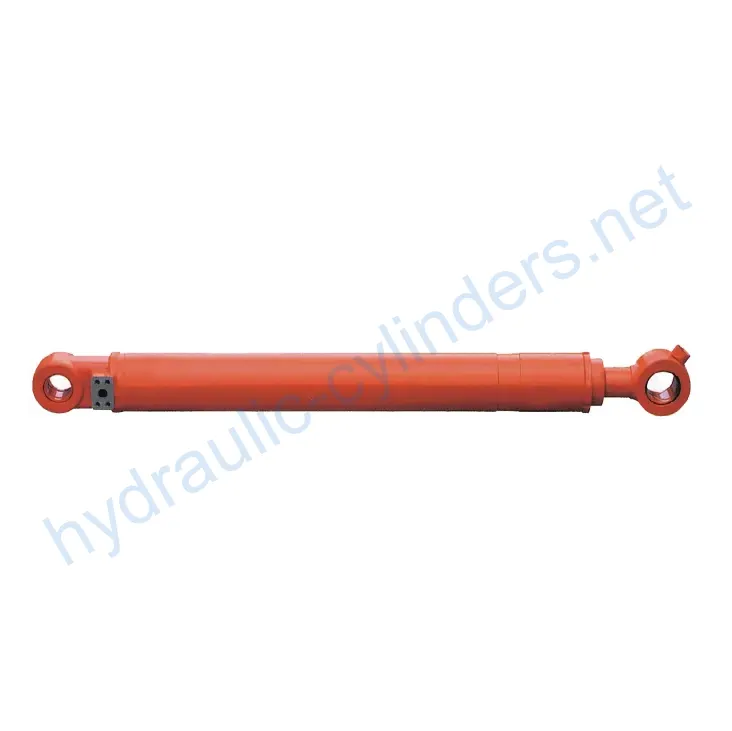Boom Cylinder For KYM KY105
Som en av produsentene, leverandørene og eksportørene av mekaniske produkter tilbyr vi hydrauliske sylindere og mange andre produkter.
Ta kontakt med oss for mer informasjon.
Post:sales@hydraulic-cylinders.net
Produsent, leverandør og eksportør av hydrauliske sylindere.
Boom Cylinder For KYM KY105
Product Overview
The Boom Cylinder for KYM KY105 is an essential hydraulic component designed for precise control of heavy machinery operations. This hydraulic cylinder plays a critical role in managing the movement of the bucket on various heavy equipment, such as excavators, backhoe loaders, and front loaders. It ensures smooth lifting, lowering, and tilting of the bucket, facilitating efficient material handling tasks.
As a hydraulic cylinder, the Boom Cylinder utilizes pressurized hydraulic fluid to create motion. These cylinders are engineered to withstand substantial forces while providing reliable performance in demanding work environments. Its design allows for seamless integration into hydraulic systems, making it vital for construction, agricultural, and industrial applications.
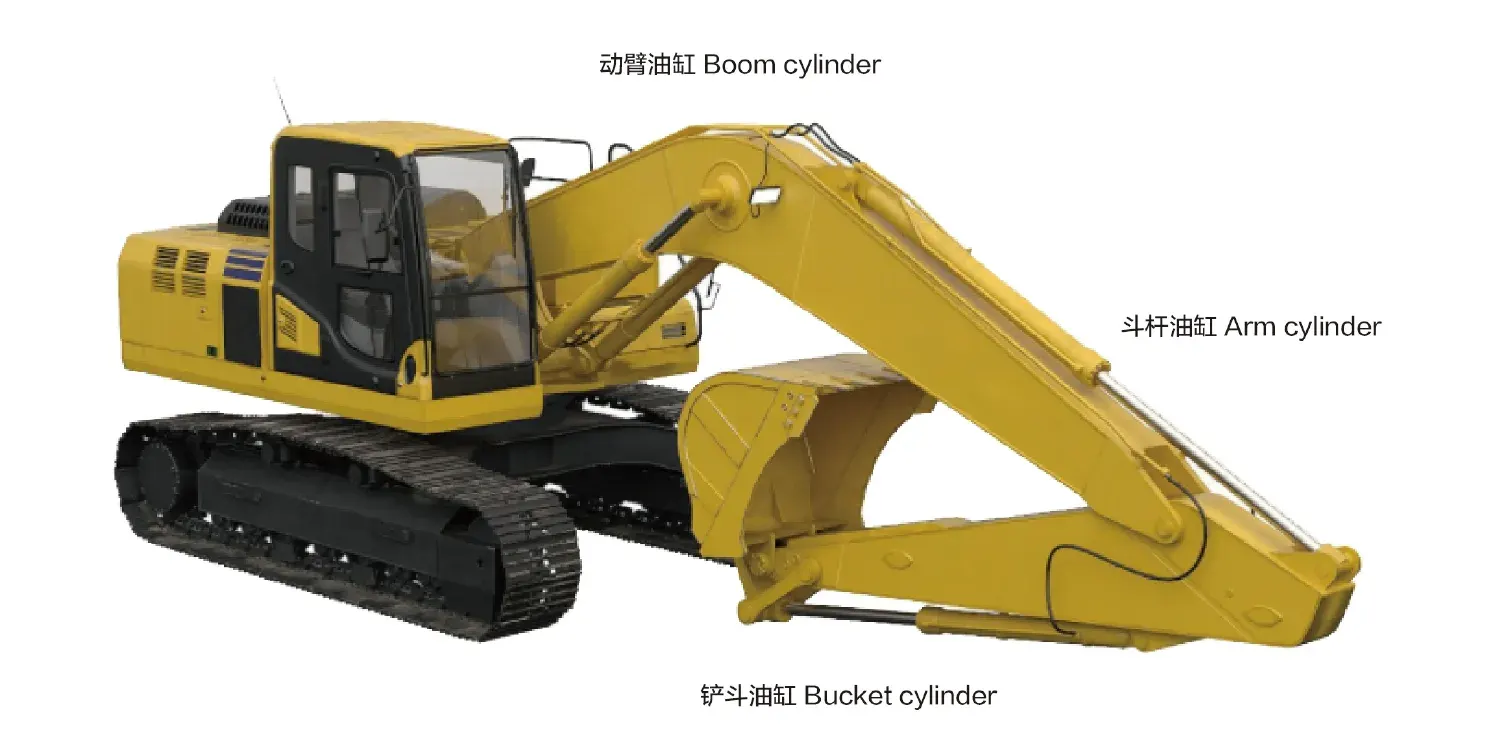
Key Features
- High Strength and Durability: Constructed from high-strength steel or aluminum, this cylinder is designed to endure high pressures and heavy loads, ensuring its performance in harsh work conditions.
- Efficient Hydraulic Operation: The cylinder utilizes hydraulic oil pressure for smooth extension and retraction, providing quick responsiveness to control commands, suitable for handling heavy and complex tasks.
- Diverse Types: It is available in single-acting and double-acting configurations, allowing users to choose the right type based on operational needs. Some models are telescopic, permitting extended reach without increasing external dimensions.
- Adaptability: Our cylinders can be tailored to fit various hydraulic systems, making them perfect replacements for existing hydraulic cylinders.
- Maintenance-Friendly: Designed with easy maintenance in mind, ensuring that routine checks and repairs can be conducted with minimal downtime.
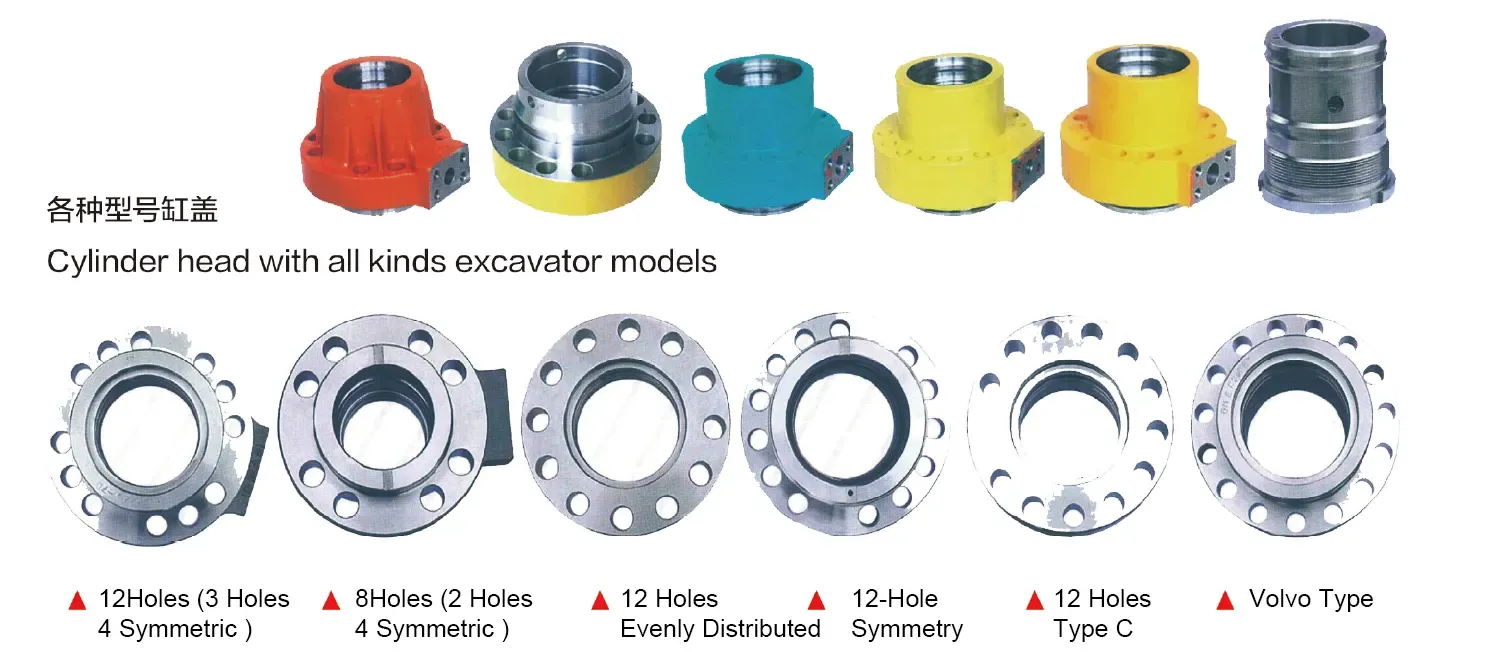
Applications
Construction Equipment
In construction machinery, the Boom Cylinder is pivotal for excavators, where it assists in digging, loading, and transporting earth or debris. The effectiveness of these cylinders directly impacts productivity on job sites, allowing for quick cycles of loading and unloading.
Agricultural Machinery
In agricultural settings, front loaders utilize Boom Cylinders for lifting, scooping, and transporting soil, hay, and other materials. Their reliability enhances the versatility of farming equipment, making tasks like tilling and planting more efficient.
Excavators
For excavators, Boom Cylinders allow the bucket to penetrate the soil effectively, enabling efficient excavation operations. This capability is crucial for foundation work and large-scale earthmoving projects.
Loaders
In front loaders, Boom Cylinders facilitate the lifting and dumping of loads, enhancing the machine’s capability to handle various materials. Their robust design ensures that they can manage heavy payloads safely and efficiently.
Design Considerations and Selection Criteria
Load Capacity
The load capacity of a Boom Cylinder is a critical factor to consider during selection. It must be able to handle the maximum weight it will be subjected to in the field without compromising safety or performance. A thorough understanding of the tasks at hand and the types of materials being handled will guide the selection process, ensuring that the cylinder can operate within its limits.
Seal Integrity
Seal integrity is paramount for hydraulic cylinders. Quality seals prevent leakage and maintain pressure within the cylinder, which is essential for consistent performance. Choosing seals made from durable materials, like polyurethane or nitrile rubber, can enhance the longevity of the cylinder and reduce maintenance needs. Regular inspections of seals are necessary to prevent operational failures.
Durability
The durability of the cylinder directly affects its lifespan and reliability. High-quality materials and advanced manufacturing processes are crucial in producing cylinders that can withstand wear and tear in demanding environments. Factors such as corrosion resistance and fatigue strength should be considered to ensure the cylinder operates effectively over time.
Safety Features
Incorporating safety features in the design of Boom Cylinders is essential. Safety measures such as built-in pressure relief valves and robust mounting options ensure that the cylinders operate safely under load. Regular safety checks and adherence to operational guidelines can significantly reduce the risk of accidents.
Maintenance Accessibility
Designing cylinders with maintenance accessibility in mind enhances their operational reliability. Features that facilitate easy access to seals and moving parts allow for timely maintenance procedures, which can prevent costly breakdowns and extend the lifespan of the cylinder. Regular maintenance schedules should be established to ensure peak performance.

Sealing and Lubrication
Proper sealing and lubrication are vital for the functionality of the Boom Cylinder. Various sealing components, including piston seals and rod seals, are crucial for maintaining pressure and preventing leakage. Seals made from wear-resistant materials, such as polyurethane and nitrile rubber, are preferred for their durability and performance.
The cylinder body and threaded end surfaces undergo fine processing to enhance wear resistance, contributing to the overall longevity of the cylinder. Regularly adding hydraulic oil for lubrication is important, as it reduces friction and wear on moving parts, ensuring smooth operation.
Preventative Maintenance Measures
- Regular Inspections: Conduct routine inspections to identify any signs of wear, leakage, or damage. Early detection of issues can prevent major failures.
- Appropriate Lubrication: Ensure that hydraulic oil levels are adequate and that the oil is clean to maintain optimal lubrication and performance.
- Seal Replacement: Monitor seals for wear and replace them as needed to maintain pressure and prevent hydraulic fluid leakage.
Installation Guidelines
Installing the Boom Cylinder correctly is crucial for its performance and longevity. Follow these guidelines for proper installation:
1. **Align the Cylinder Properly:** Ensure that the cylinder is aligned correctly with the attachment points to prevent undue stress on the components.
2. **Use Appropriate Mounting Brackets:** Employ suitable mounting brackets to secure the cylinder in place, ensuring stability during operation.
3. **Check for Clearance:** Ensure there is adequate clearance around the cylinder to allow for full range of motion without obstruction.
4. **Hydraulic Connections:** Make sure to connect hydraulic hoses securely, avoiding kinks or sharp bends that could restrict fluid flow.
5. **Test Before Full Load:** Once installed, test the cylinder’s operation without a load to verify functionality and make any necessary adjustments.
Common Maintenance Tasks
- Regular Inspections: Consistent inspections are key to identifying potential issues before they escalate. Inspect seals, hoses, and connections for wear and damage.
- Proper Lubrication: Ensure that the hydraulic oil is at the correct level and free from contaminants. Regular lubrication reduces wear and enhances performance.
- Seal Replacement: Over time, seals may wear out and require replacement. Regularly check the condition of seals and replace them to prevent leaks.
Safety Considerations
When utilizing Boom Cylinders, it is crucial to implement safety measures to protect operators and equipment. Always ensure that the equipment is operated within specified load limits and that all safety devices are functioning properly. Proper training for operators and adherence to safety protocols can significantly reduce the risk of accidents or injuries during operation.
Troubleshooting Common Issues
- Unresponsive Cylinder: If the cylinder does not respond to input, check the hydraulic fluid levels and look for any blockages in the hydraulic lines.
- Leaking Hydraulic Fluid: Inspect seals and connections for signs of wear or damage that may cause leaks. Replace seals as necessary to maintain pressure.
- Uneven Movement: If the cylinder moves unevenly, ensure that it is properly aligned and that there are no obstructions affecting its range of motion.
Troubleshooting Tips
For effective troubleshooting, follow these tips:
1. **Regular Maintenance:** Establish a robust maintenance schedule to ensure that all components are checked and serviced regularly.
2. **Keep Records:** Maintain records of any issues and repairs to track patterns that may indicate underlying problems.
3. **Consult Professionals:** If issues persist, consult with hydraulic system professionals for in-depth diagnosis and repairs.
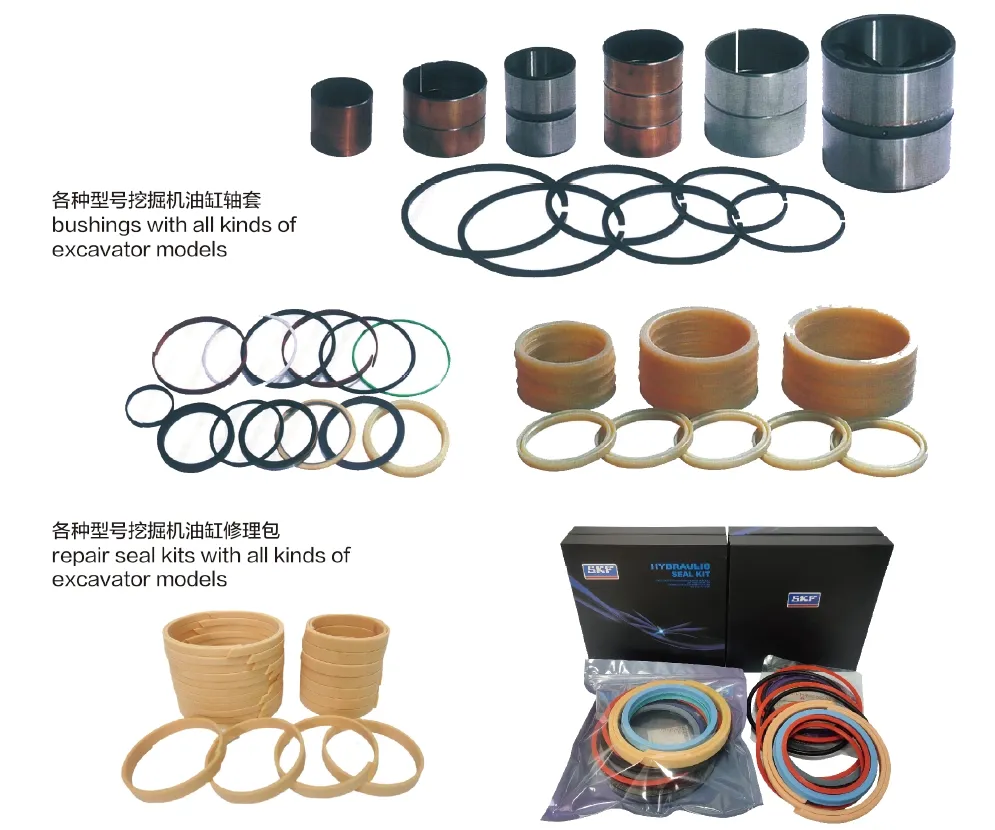
About Our Company
We are a leading manufacturer of replacement hydraulic cylinders, offering a comprehensive range of products that cater to both domestic and international markets. Our commitment to excellence is reflected in our advanced manufacturing strategies, which utilize high-end digital equipment and a professional testing system.
Our production facilities continually enhance our manufacturing platforms, ensuring that we meet diverse customer requirements with high efficiency, precision, and quality. Our team of skilled professionals is dedicated to delivering top-notch products and exceptional customer service, providing customized solutions that align with specific operational needs.
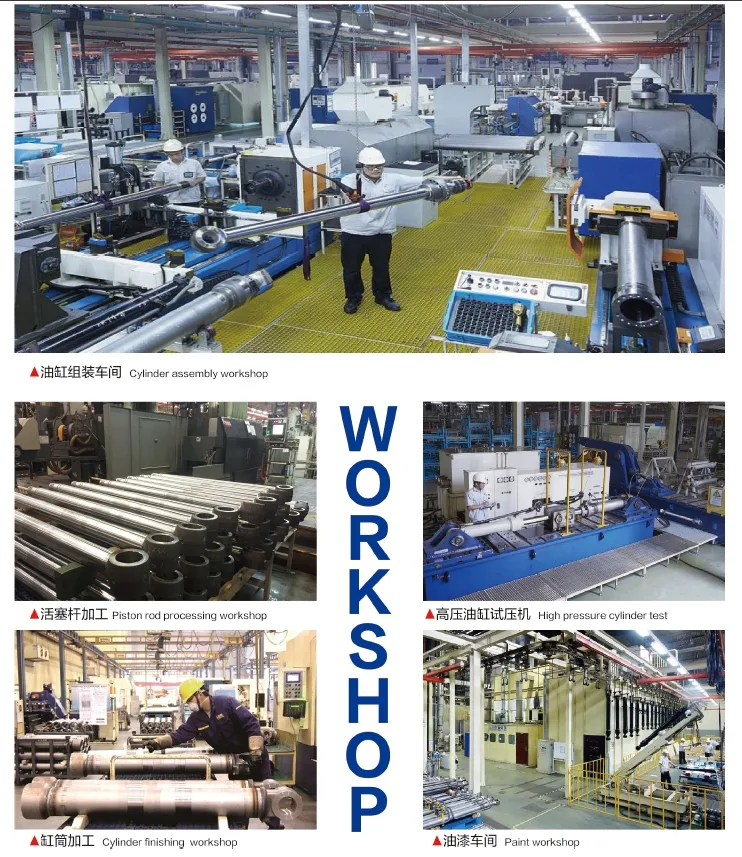
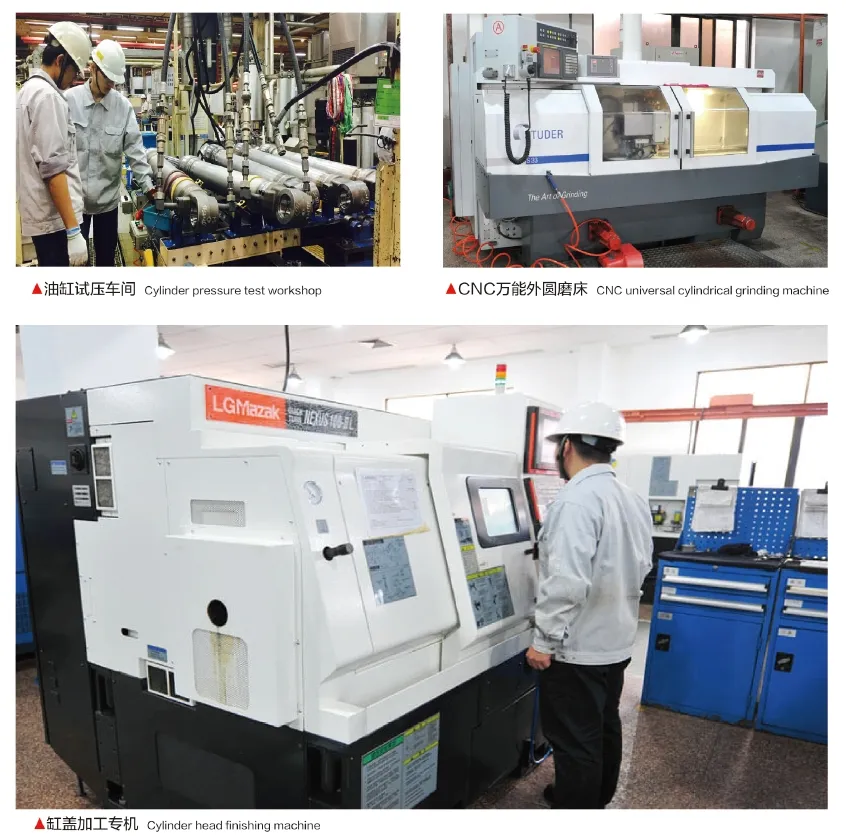
Author: lyl
Take a Tour of Our VR Factory:
Take a tour of our VR factory with the following
Hydraulic Cylinder Application:


